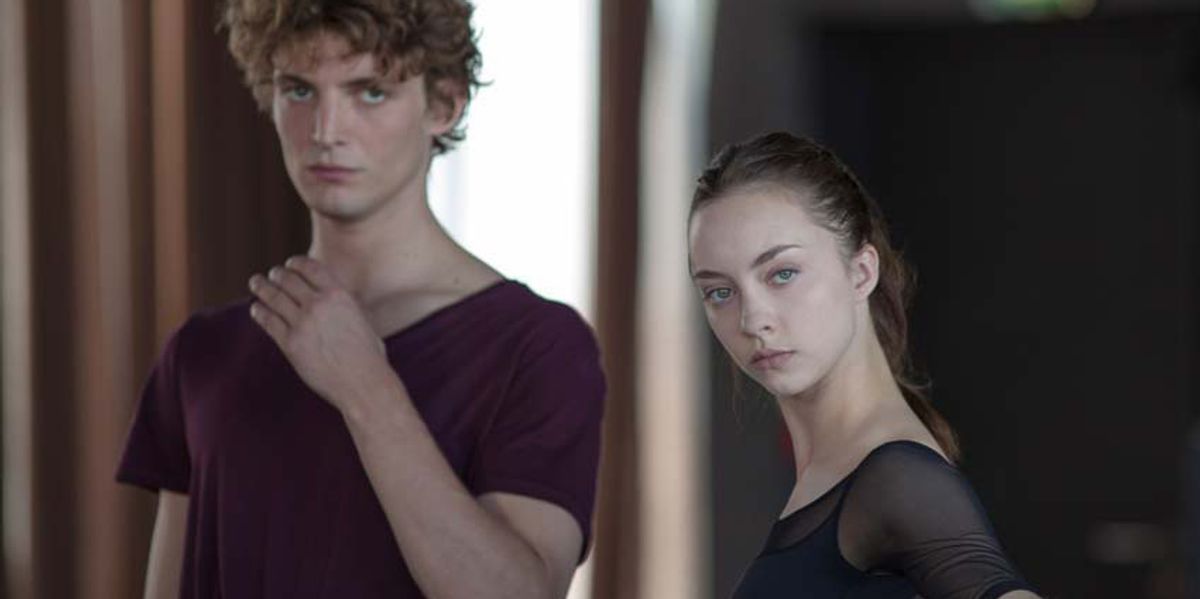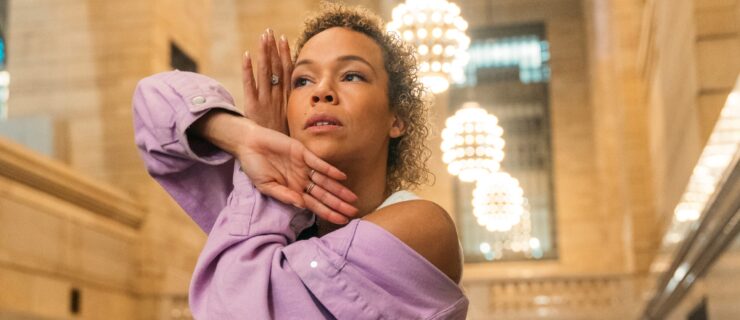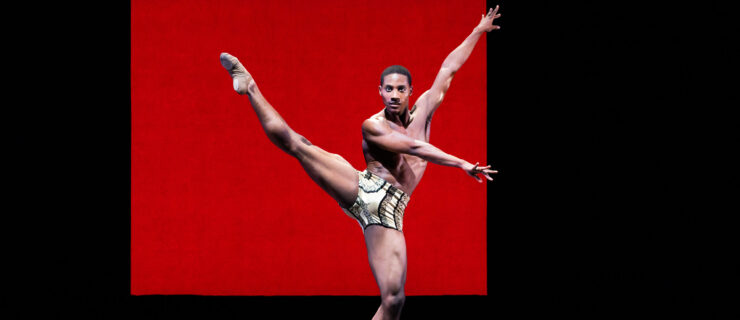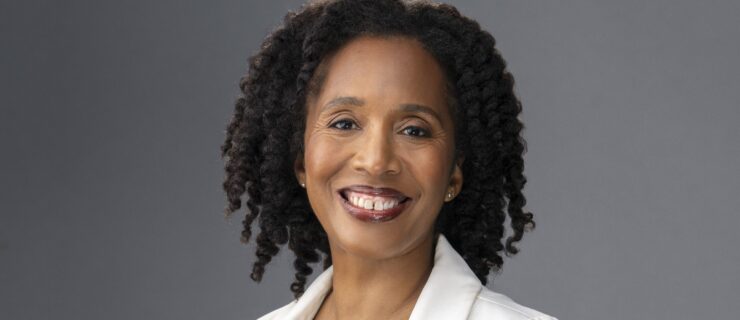A Conversation With the Artists Behind Your New Favorite Ballet Movie
In the new ballet film Polina, opening Friday in New York, the camera keeps closing in on people intently watching dance: teachers appraising pupils; a mother focused on her child’s recital; rapt spectators at a performance; dancers in the studio concentrating on a choreographer’s moves.
It’s no accident, say the movie’s co-directors, famed French choreographer Angelin Preljocaj and his filmmaker wife, Valérie Müller, speaking in French during a joint phone conversation. Citing Marcel Duchamp’s assertion that it is the observer who completes a work of art, Preljocaj contends, “A statue in a museum at night does not exist. It exists only when the first visitor arrives and enters into a relationship with it. We wanted to honor that gaze.” Müller quickly suggests another reason: “There’s a lot of looking in a dancer’s life. I’m not a dancer, but I’ve filmed them. And I’ve always noticed that part of the job is looking at the other dancers—’Is she doing this better than I am?’ ”
The title character, an aspiring Moscow ballerina played for most of the movie by wide-eyed Vaganova Ballet Academy graduate Anastasia Shevtsova, isn’t one of those competitive, sharp-elbowed types familiar in movies like Black Swan and The Turning Point. Polina has plenty of doubts and anxieties, but Müller, who wrote the script, notes that the filmmakers were consciously discarding clichés: “We wanted to show a present-day young woman who lives normally, going to clubs with friends who aren’t dancers.” Another point of pride is that Polina, which opens nationwide after its Los Angeles premiere September 1, uses no body doubles—the actors all do their own dancing, and lots of it.
As Polina’s dreams of a career at the Bolshoi start coming true, she’s dazzled by the contemporary dance of a French choreographer (who in some ways resembles Preljocaj and whose dances are, of course, identical) as well as a gorgeous French dancer (Niels Schneider). Like many young people before her, she leaves home to find her own destiny, first following the dancer to the south of France—headquarters for Preljocaj’s company and that of the movie’s fictional choreographer Liria, played by French actress Juliette Binoche—and then striking out on her own to Belgium, where she meets a street choreographer portrayed by Paris Opéra Ballet étoile Jérémie Bélingard.
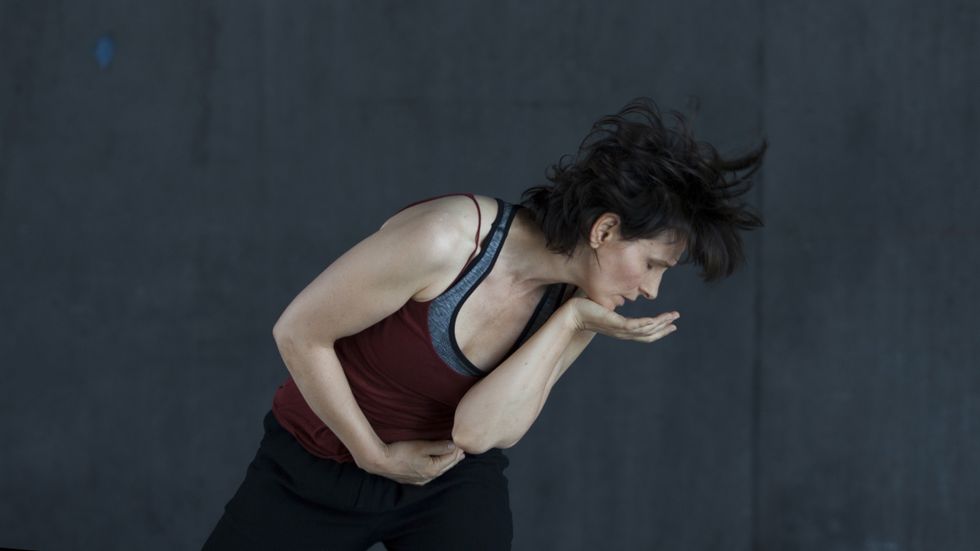
French actress Juliette Binoche plays the choreographer Liria. Photo courtesy Oscilloscope Laboratories.
Polina’s journey from classical ballet to contemporary dance to hip hop originated in an eponymous 2011 graphic novel by the popular French comic-book artist Bastien Vivès. Preljocaj and Müller were fans, but their film goes beyond the book, fleshing out Polina’s childhood and family (she’s played as a girl by Veronika Zhovnytska); and the French choreographer portrayed by Binoche in the film was a man in the novel. “We felt Polina had too many men in her life,” Preljocaj says.
The original plan was for Müller to direct the actors while Preljocaj dealt with the camera. But, they say, it went so well that they were soon sharing the tasks equally. And they laugh off a question about whether there were problems dispelling work-day irritants when they left the set and returned home. They found they liked having the other around as a sounding board. “When you’re making a movie,” Müller says, “it’s all you think about anyway.”
